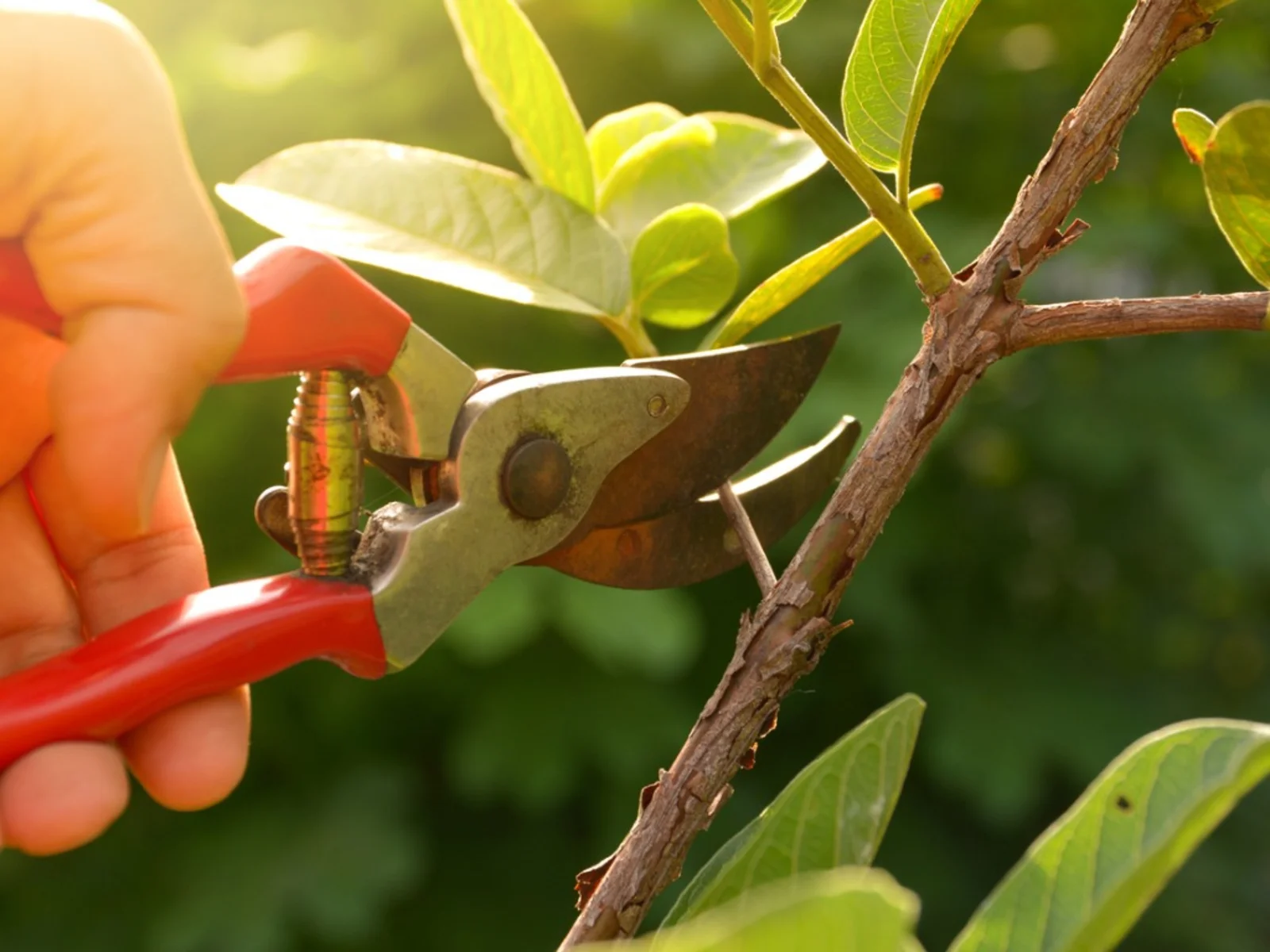
Pruning is a fundamental technique in gardening that involves selectively removing certain parts of plants to promote their overall health, shape, and productivity. This blog post will explore the art of pruning in gardening, discussing its benefits, techniques, and best practices to help you transform your garden into a thriving and visually appealing space.
Why Prune?
Pruning serves several purposes in gardening, including:
1. Stimulating Growth: By removing dead, damaged, or diseased branches, pruning encourages new growth and redirects the plant's energy towards healthier parts. This promotes overall plant vitality and helps maintain an attractive shape.
2. Enhancing Flowering and Fruiting: Proper pruning techniques can stimulate the production of flowers and fruits by removing excess foliage and encouraging the development of strong, productive branches.
3. Controlling Size and Shape: Pruning allows you to shape your plants according to your desired aesthetic, controlling their size and preventing overcrowding. This helps maintain a well-balanced and visually pleasing garden.
4. Improving Air Circulation and Sunlight Penetration: Pruning opens up the canopy of plants, allowing better air circulation and sunlight penetration. This reduces the risk of diseases, promotes photosynthesis, and ensures the overall health of your garden.
Pruning Techniques:
1. Thinning: This technique involves selectively removing entire branches or stems to reduce density and improve air circulation within the plant. It is commonly used for shrubs and trees.
2. Heading Back: Heading back refers to cutting back the tips of branches to promote branching and denser growth. It is often used to shape hedges or encourage bushier growth in certain plants.
3. Deadheading: Deadheading involves removing spent flowers to encourage continuous blooming and prevent the plant from diverting energy into seed production.
4. Crown Reduction: This technique is used to reduce the overall size of a tree by selectively removing branches from the crown. It helps maintain the tree's shape while reducing its height or spread.
Best Practices:
1. Use clean, sharp tools to make clean cuts and minimize the risk of disease transmission.
2. Prune during the appropriate season for each plant species, as timing can vary.
3. Understand the specific needs and growth habits of each plant before pruning, as some may require specific techniques or timing.
4. Start with small, conservative cuts and step back to assess the plant's response before making further adjustments.
Pruning is an essential skill for any gardener looking to enhance the health, beauty, and productivity of their plants. By understanding the benefits, techniques, and best practices of pruning, you can transform your garden into a flourishing oasis that showcases the artistry of nature. Remember to approach pruning with care, patience, and a deep appreciation for the transformative power it holds for your garden.
